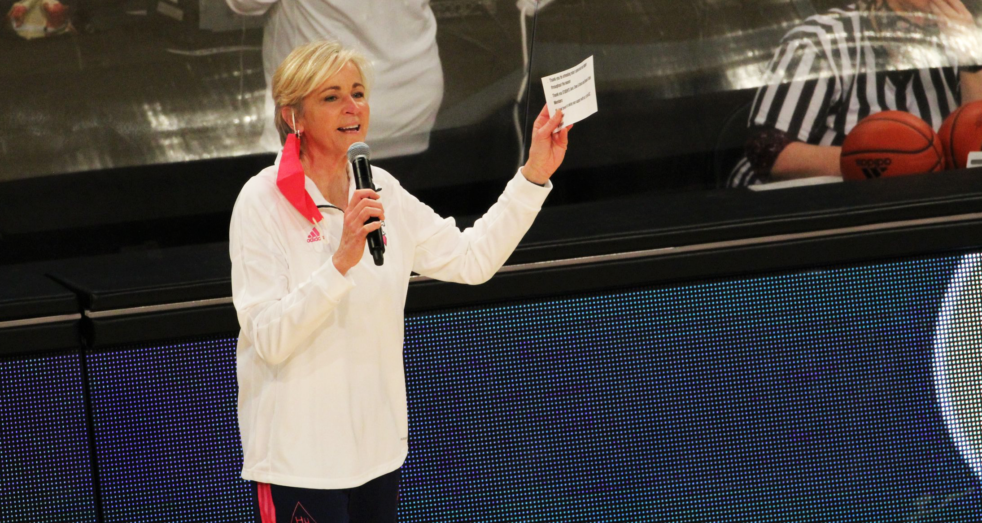12 dumbbells. That’s exactly what the best 64 women’s basketball teams in all of college were given in the March Madness bubble. The discrepancy between the men’s facilities and women’s did not stop there. Food differences, facility differences, and even differences in the accuracy of coronavirus tests all helped show what everyone already knew, the NCAA could not care less about women’s sports.
The words “March Madness” were nowhere to be found in Tech’s first game against SFA. It was almost a joke, the fourth-largest comeback in tournament history took place on a court that looked more like a high school gym than host to some of the greatest basketball teams in the country. Coach Fortner rightly pointed this out in the blistering public letter she sent to the NCAA, going on to say “these are just a snapshot of larger, more pervasive issues when it comes to women’s sports and the NCAA.”
The idea that the NCAA, a multi-billion dollar “non-profit” organization whose sole mission is to protect and develop college sports treats women’s basketball with open ambivalence speaks to the arrogance of the entire organization. This is their job. They do not pay taxes because it might hinder their ability to provide athletic opportunities, though it turns out they’re doing a great job wrecking sports themselves.
Women’s basketball, as coach Fortner rightly pointed out, has a half-billion-dollar TV contract. There are many college sports that could only dream to attract such a large audience. In fact, out of the 90 NCAA championships, only five break even. Yet women’s basketball is hit with hysterical excuses for mediocrity by the NCAA, as shown in the weight room case as they cited space differences between the tournaments. Rutgers director of player development Will Abrams quickly disproved that assertion, tweeting pictures of large empty spaces already rented by the NCAA. Of course, the following day after the story went viral, the NCAA immediately found space.
To add insult to injury, the NCAA even found a way to show their indifference in the swag packs they gave players, with men’s players receiving significantly more shirts, bottles, and other gear.
The differences reflect themselves in the overall budgets for the tournaments. In 2018, the Division I men’s tournament had a budget of $28 million while the Division I women’s tournament had a budget of $14.5 million. Though there are differences in overall costs, as the men’s tournament typically holds much larger crowds in packed stadiums, the provision of basic training equipment, equal food, and equal testing should most definitely be the expectation from a non-profit organization that has been given the responsibility of managing these events, especially in a worldwide pandemic. Giving men’s players more accurate PCR tests while giving women’s players the less accurate antigen tests is yet another sign of how the NCAA views its student athletes: in terms of profitability.
Whether the organization even has the potential to change is really the question here. Years and years of mediocrity have culminated into an outright showing of total and complete apathy towards women’s basketball. Yet it seems next year there will be more stories, more outrage, and more empty promises of change.
